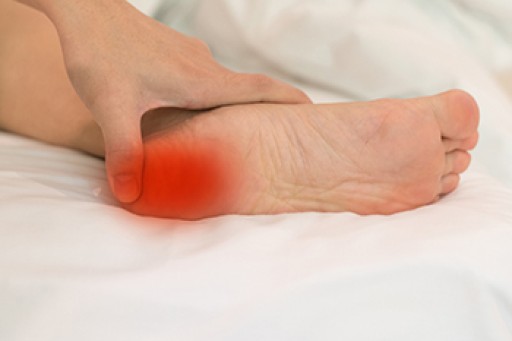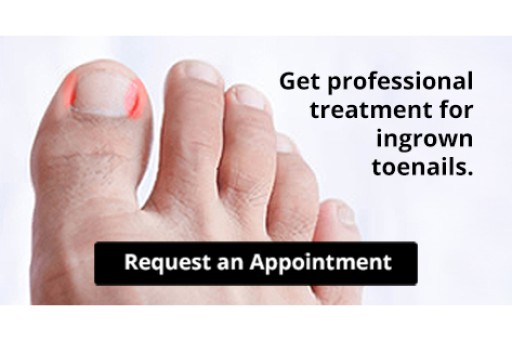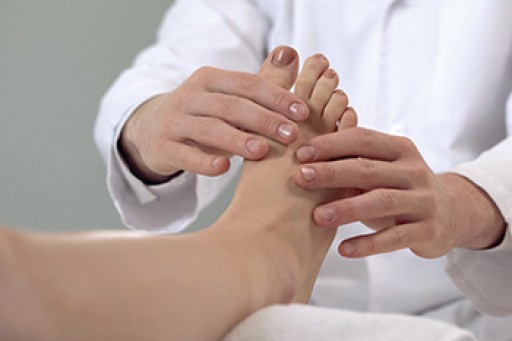
If you are a parent, then you surely know that trimming your child’s toenails is a critical component of maintaining their overall foot health. However, when the child resists or protests getting their toenails trimmed, the process can be quite difficult. Parents might consider trying to trim their child’s toenails in the bath because this is when their nails are most soft. Additionally, you might even try letting the child see you trim your own nails. Sometimes, children feel uncomfortable when parents trim their toenails because it may seem like a scary procedure to them. However, by letting the child see the parent trim their own nails, the parent might be able to show the child that it is not a scary procedure after all. If you have a child and want to learn more about ways to protect their feet, contact a podiatrist today.
Making sure that your children maintain good foot health is very important as they grow. If you have any questions, contact one of our podiatrists of Lewis Wolstein, DPM, P.C. & Associates. Our doctors can provide the care you need to keep you pain-free and on your feet.
Keeping Children's Feet Healthy
Having healthy feet during childhood can help prevent medical problems later in life, namely in the back and legs. As children grow, their feet require different types of care. Here are some things to consider...
Although babies do not walk yet, it is still very important to take care of their feet.
Avoid putting tight shoes or socks on his or her feet.
Allow the baby to stretch and kick his or her feet to feel comfortable.
As a toddler, kids are now on the move and begin to develop differently. At this age, toddlers are getting a feel for walking, so don’t be alarmed if your toddler is unsteady or ‘walks funny’.
As your child gets older, it is important to teach them how to take care of their feet.
Show them proper hygiene to prevent infections such as fungus.
Be watchful for any pain or injury.
Have all injuries checked by a doctor as soon as possible.
Comfortable, protective shoes should always be worn, especially at play.
If you have any questions please feel free to contact our office located in Co-Op City, NY . We offer the newest diagnostic and treatment technologies for all your foot and ankle needs.











